While the outlook for commercial real estate (CRE) solar is rosy, the devil’s in the details: many projects find their biggest obstacles hidden in a contract’s fine print. Between long lease terms that might not align with a solar system’s lifespan, tenant fluctuations and overlapping maintenance obligations, a seemingly straightforward rooftop project can quickly find itself in a minefield
“The most challenging governance issues for CRE solar projects tend to relate to long development timelines and overlapping legal and operational responsibilities [where] multiple stakeholders are involved,” said Puanani Norwood, a partner at BCLP who advises clients on energy and real estate transactions. She told pv magazine USA that obligations of the tenant(s) and building owner can shift over time.
When building leases expire before a solar system reaches the end of its life, that shifting responsibility can create quandaries, especially when not discussed from the onset.
“If the occupying tenant who requested the solar facility vacates the building, is the owner ready to take on maintenance obligations, lease payments, or decommissioning costs?” Norwood asked.
In shared or multi-tenant buildings, she pointed out, even reaching the solar system can be a point of conflict. For instance, developers and operators may need to access the roof for system install or maintenance, but owners must ensure that providing that access doesn’t impose on other tenants or interfere with their right to peaceful enjoyment of their space. Determining cost-sharing arrangements can also be tricky. Though tenants may benefit from reduced electric bills, figuring out who pays what for system installation or maintenance is a different story.
Discussing responsibility early on is key, Norwood added.
“Agreements should clearly define the owner of the solar facilities [and] how such ownership transfers if the property is sold or a lease is assigned,” she explained, pointing out that contracts should also assign liability for not just the solar facilities, but also the rooftop and other building systems that could be impacted.
There are different ways to set up those agreements.
“The most common deal structures…typically involve an anchor tenant who commits to a significant share of capital investment,” she explained, which will stabilize revenue and reduce electrical costs due to the tenant’s high consumption needs. Any remaining capacity is sold to smaller tenants or nearby local community businesses. This kind of structure not only improves financing bankability, but also allows for a clearer allocation of tax benefits while they remain available.
Beyond financing, legal regulations can pile on additional hurdles. Pre-existing architectural design requirements may require additional screening on the building that casts shadows on the panels and cuts efficiency, Norwood explained.
Still, investor interest remains strong in CRE solar despite its potential challenges.
Savvy lenders and investors have always needed stringent engineering reviews and thorough due diligence before taking the plunge, Norwood said, adding that legal review has always required a meticulous eye toward ensuring compliance with local permitting and zoning requirements. She believes that projects with clear contracts will be best positioned to weather governance challenges.
This content is protected by copyright and may not be reused. If you want to cooperate with us and would like to reuse some of our content, please contact: editors@pv-magazine.com.
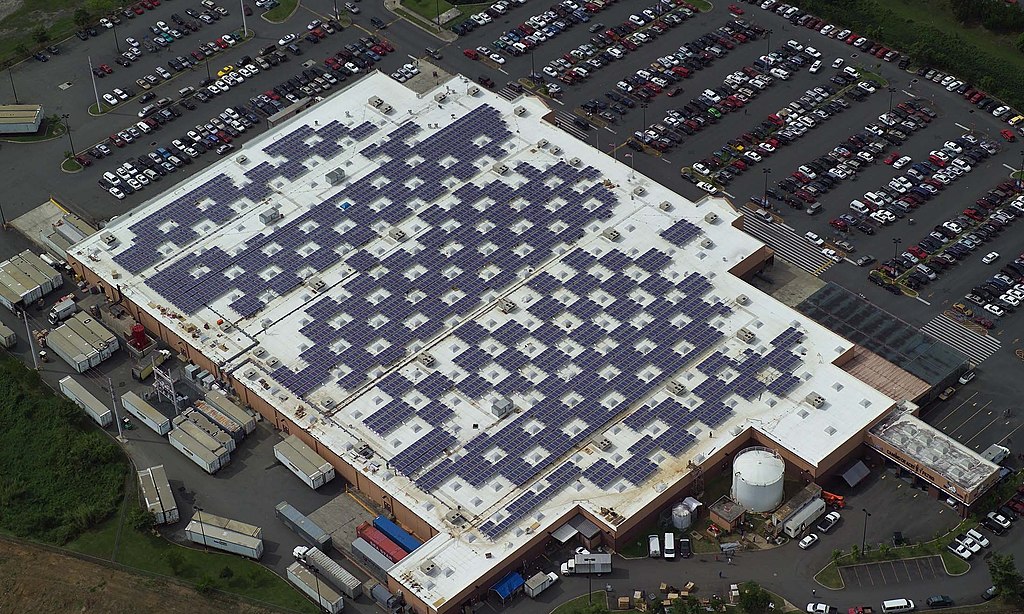
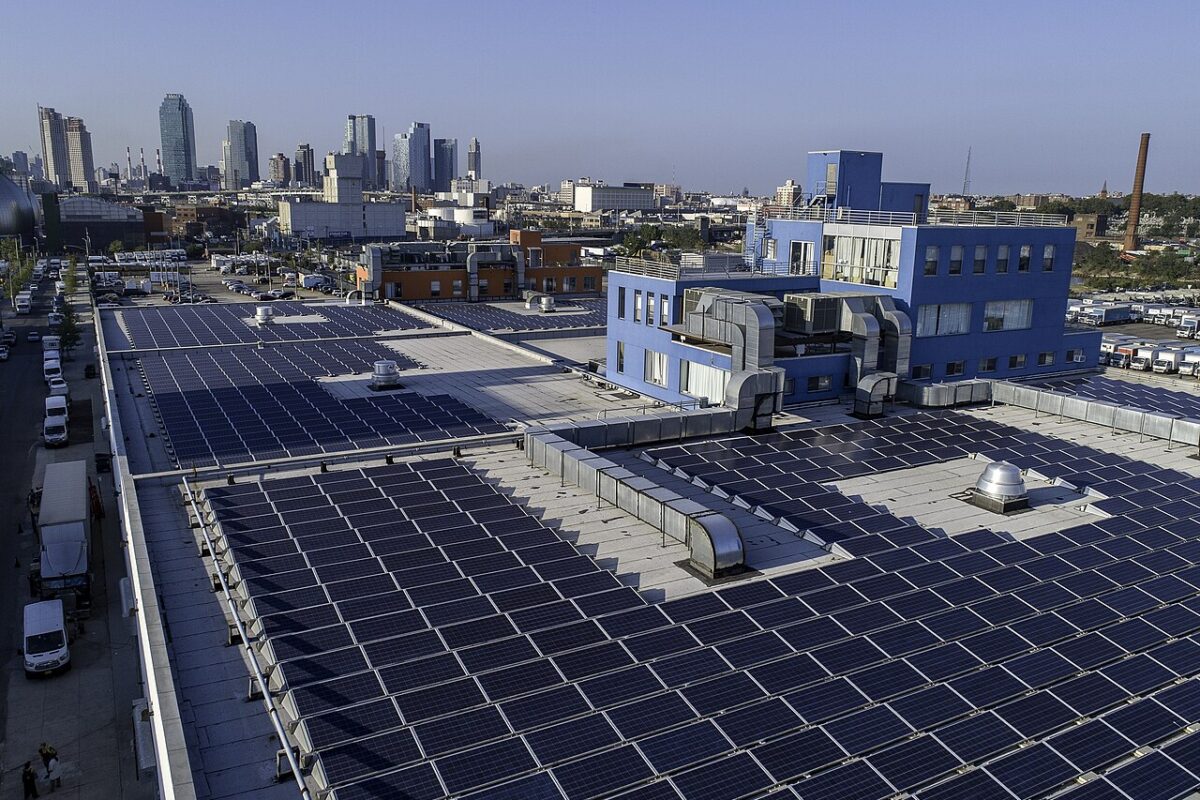



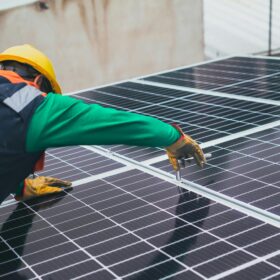
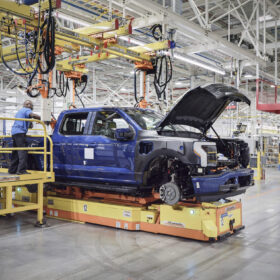
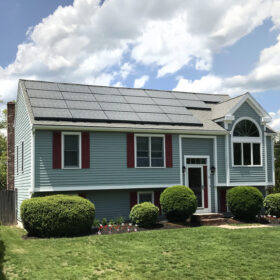
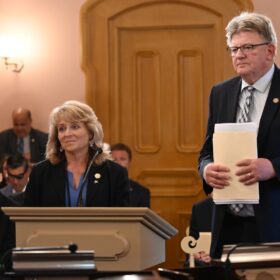
By submitting this form you agree to pv magazine using your data for the purposes of publishing your comment.
Your personal data will only be disclosed or otherwise transmitted to third parties for the purposes of spam filtering or if this is necessary for technical maintenance of the website. Any other transfer to third parties will not take place unless this is justified on the basis of applicable data protection regulations or if pv magazine is legally obliged to do so.
You may revoke this consent at any time with effect for the future, in which case your personal data will be deleted immediately. Otherwise, your data will be deleted if pv magazine has processed your request or the purpose of data storage is fulfilled.
Further information on data privacy can be found in our Data Protection Policy.